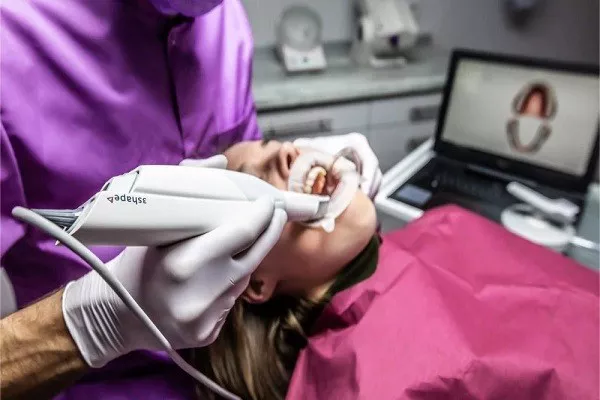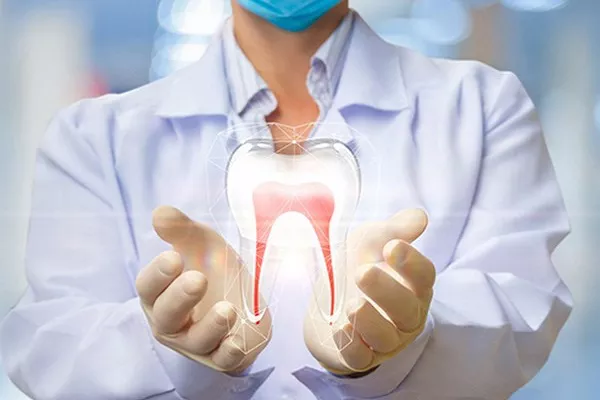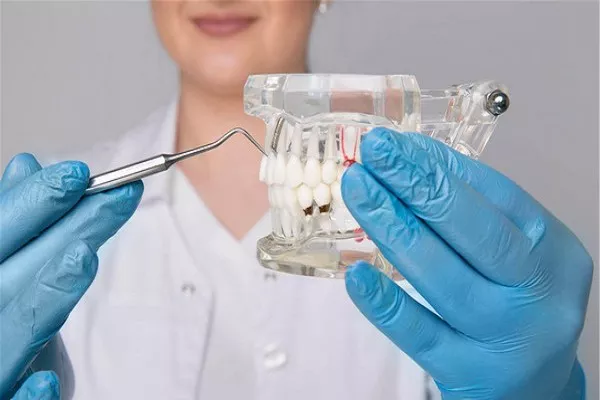Experiencing a dental emergency, such as a chipped or cracked tooth, can be both distressing and uncomfortable. While it’s essential to seek professional dental care for a long-term solution, there are instances when you might need to temporarily fill a tooth at home to alleviate pain and protect the damaged tooth. In this article, we’ll explore temporary solutions to fill a tooth, home remedies to manage discomfort, and the importance of seeking prompt dental attention.
Understanding Temporary Tooth Filling
Temporary tooth filling is a short-term solution used to protect a damaged tooth until you can see a dentist for proper treatment. It’s important to note that temporary fillings are not a substitute for professional dental care, but they can provide temporary relief in case of emergencies or when immediate dental care is not readily available.
Temporary Tooth Filling Options
Over-the-Counter Dental Cement:
Over-the-counter dental cement kits are available at many pharmacies and can be used to temporarily cover a chipped or cracked tooth. These kits typically include materials that can be mixed and applied to the damaged area, providing a protective barrier.
Sugar-Free Gum:
Sugar-free gum can be used to cover a small chip or crack temporarily. Chew a small piece of gum and use it to cover the damaged area. However, this is a very short-term solution and should not replace professional care.
Temporary Filling Material:
Some drugstores offer temporary filling materials designed to temporarily cover a damaged tooth. These materials can help protect the tooth until you can see a dentist.
Dental Wax:
Dental wax, often used for braces, can be used to cover sharp edges or rough surfaces of a damaged tooth to prevent irritation of the tongue and cheeks.
Home Remedies for Managing Discomfort
While you wait to see a dentist, there are several home remedies you can use to manage discomfort:
Saltwater Rinse:
Rinse your mouth with warm saltwater to help cleanse the area and alleviate irritation.
Over-the-Counter Pain Relievers:
Non-prescription pain relievers like ibuprofen or acetaminophen can help manage pain temporarily. Follow the dosing instructions on the label.
Avoid Hot and Cold Foods:
Avoid consuming very hot or cold foods and beverages, as they can trigger sensitivity and discomfort.
Soft Diet:
Stick to a soft diet to prevent further irritation to the damaged tooth. Avoid crunchy or hard foods.
Avoid Chewing on the Affected Side:
Try to chew on the unaffected side of your mouth to minimize pressure on the damaged tooth.
Precautions and When to Seek Professional Care
It’s important to exercise caution when using temporary solutions and home remedies for dental issues:
Temporary fillings are not a substitute for professional dental care.
They should only be used as a temporary measure until you can see a dentist.
Avoid using excessive force when applying temporary filling materials, as this can worsen the damage or cause additional issues.
If you experience severe pain, swelling, bleeding, or signs of infection, seek professional dental care immediately.
Make an appointment with a dentist as soon as possible to address the underlying issue and receive appropriate treatment.
Conclusion
While temporary tooth filling options and home remedies can provide short-term relief and protection for a damaged tooth, it’s crucial to prioritize seeking professional dental care for a long-term solution. Dental emergencies should be addressed promptly to prevent further complications and ensure the best possible outcome. Always consult with a dentist for proper diagnosis, treatment, and guidance on how to manage dental issues safely and effectively.
Related Topics:
































